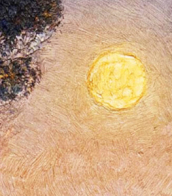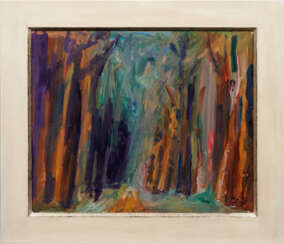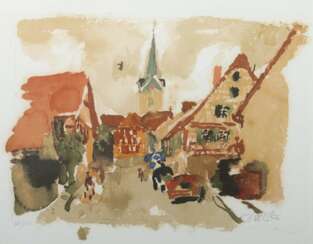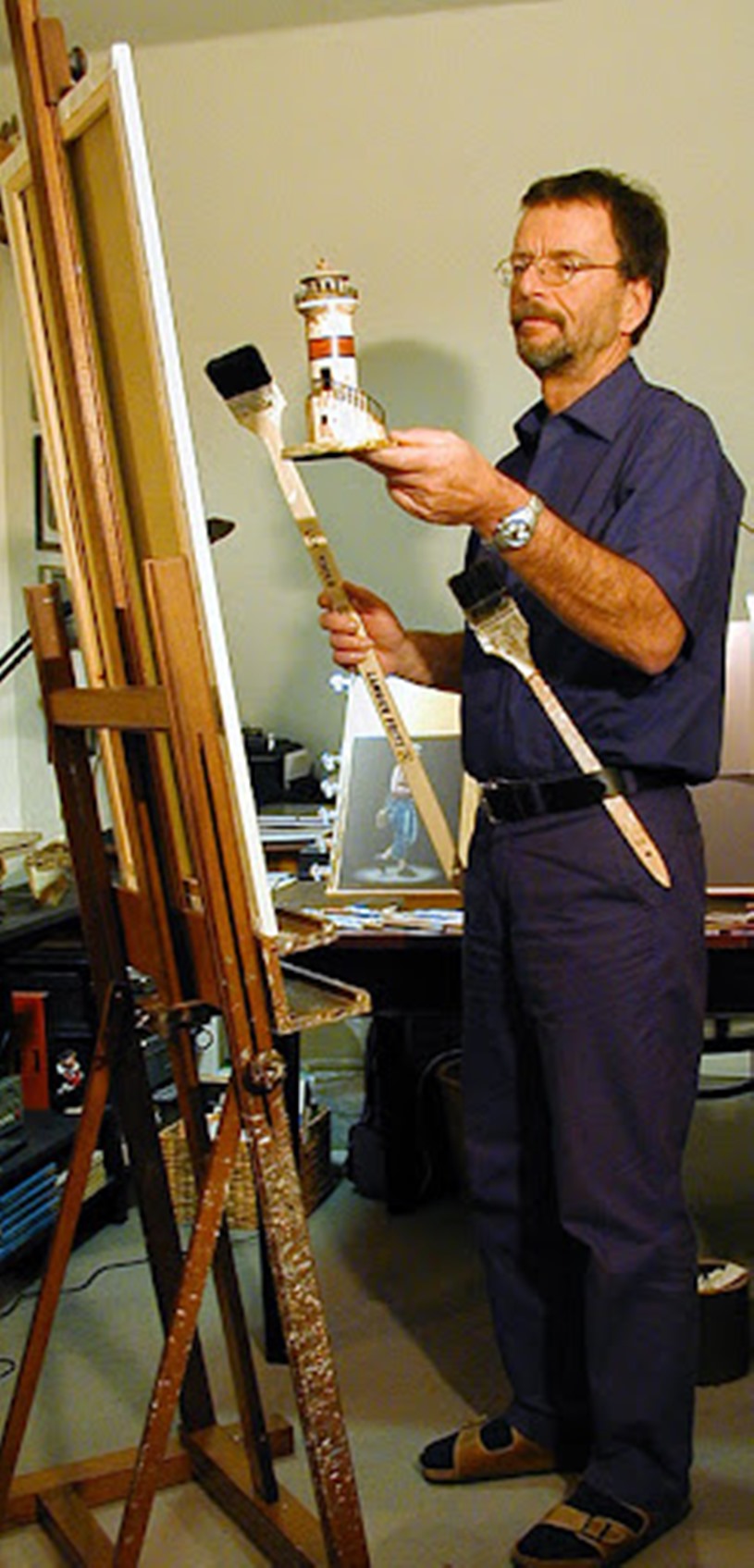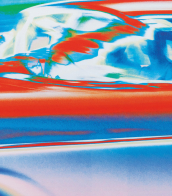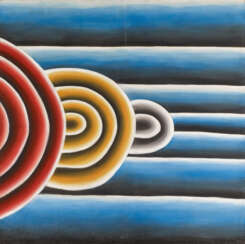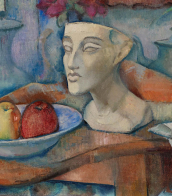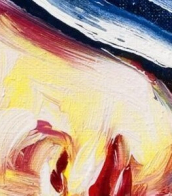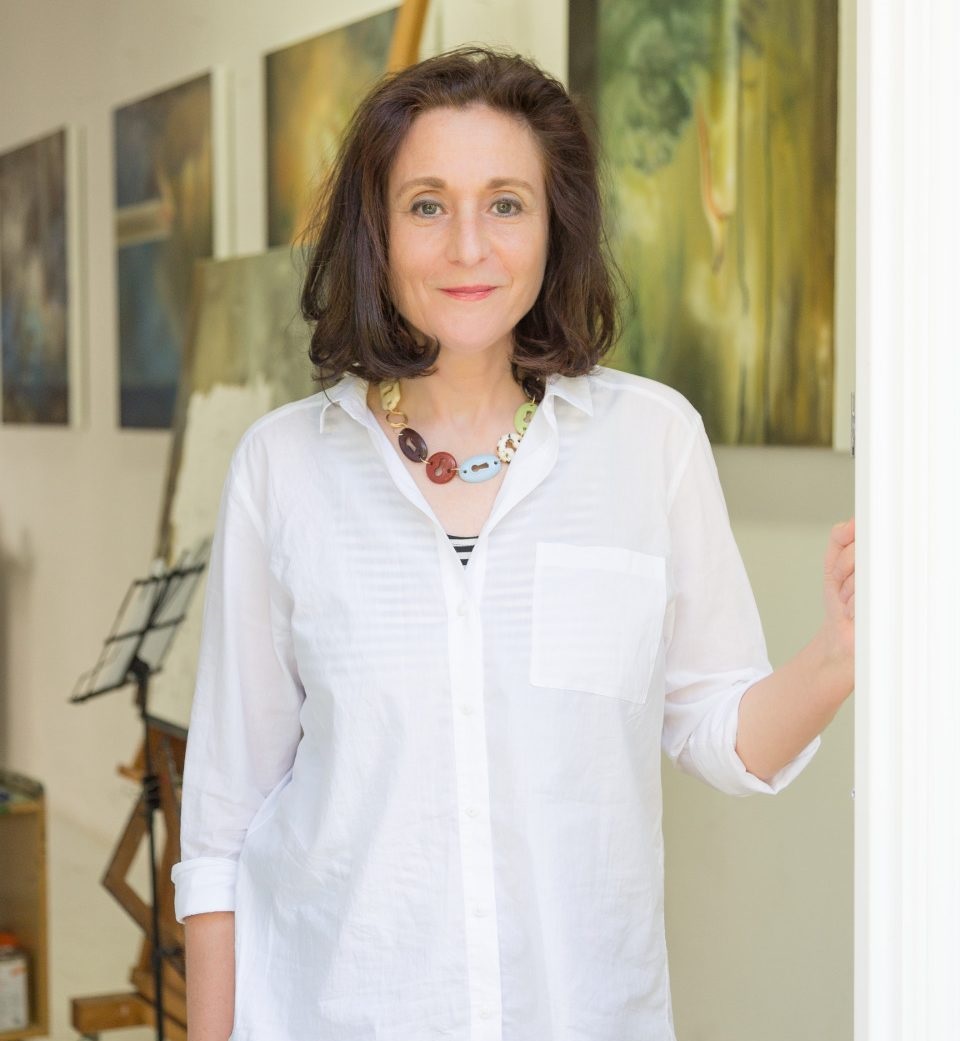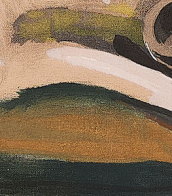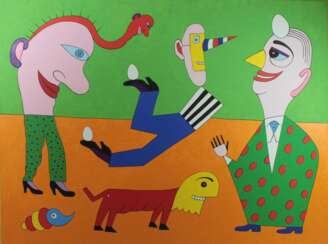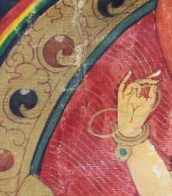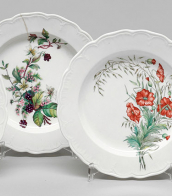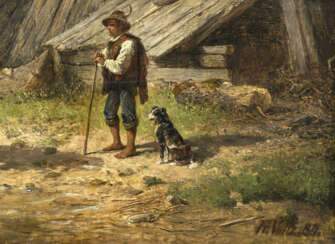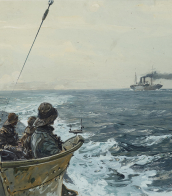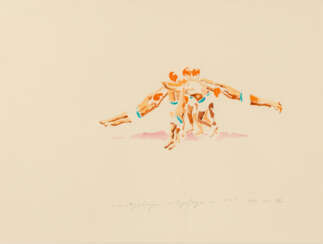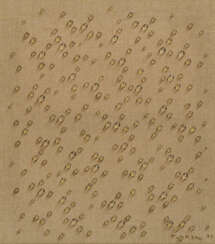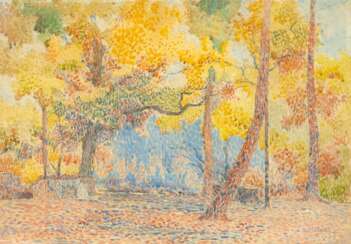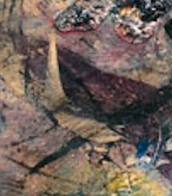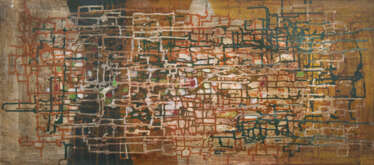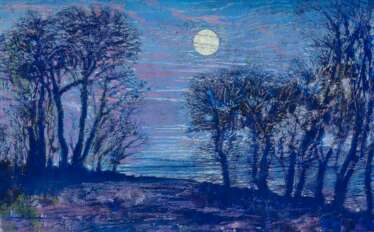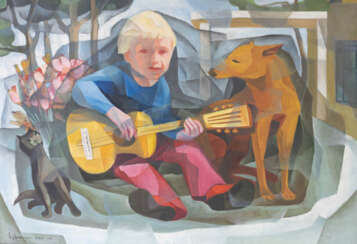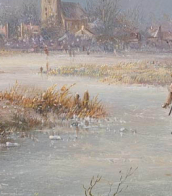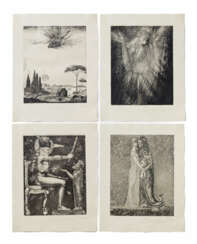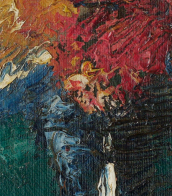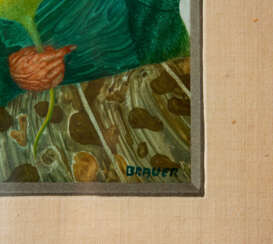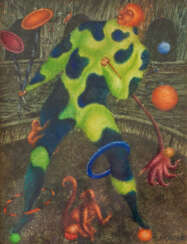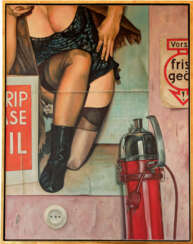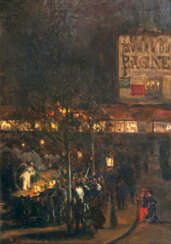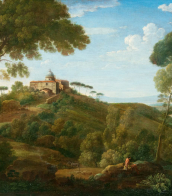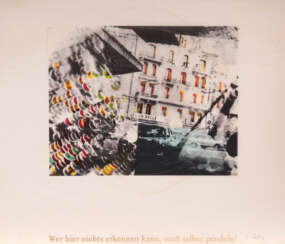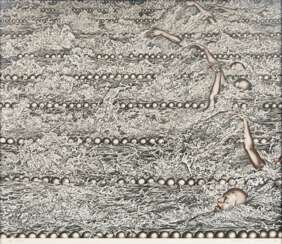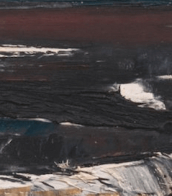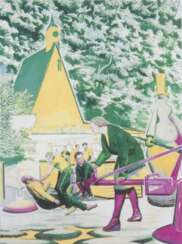zeitgenössischer realismus
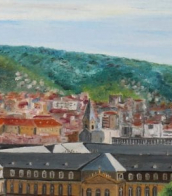
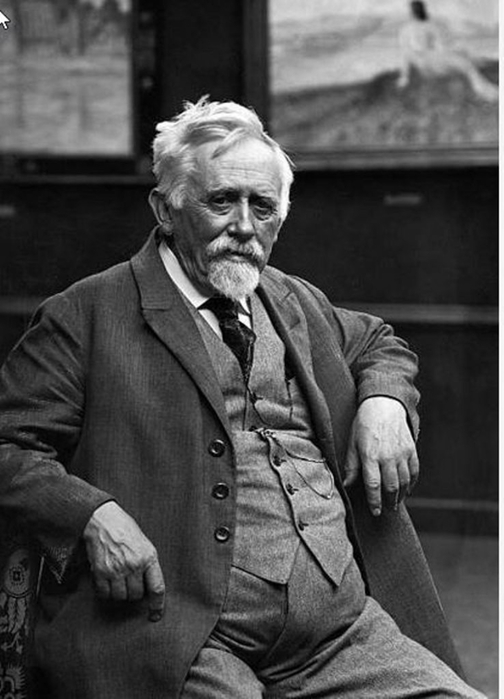
Hermann Hendrich was a German painter of the last quarter of the nineteenth and first third of the twentieth centuries. He is known as a painter known for his works in the Romantic and Old Germanic style.
Hendrich considered the canvases and interior for the "Walpurgis Hall" near Thale, created in 1901, to be the pinnacle of his work. For the "Nibelungen Hall" on Mount Drachenfels, opened in 1913 in honor of Richard Wagner, he painted 12 canvases based on ancient Germanic legends. The artist also created illustrations for Goethe's works, as well as exhibitions in the "Hall of German Sagas" in Solingen.
Hendrich was a co-founder of the Verdandi Union, which opposed modernism in art. A square in Berlin, Gendrichplatz, is named in his honor.
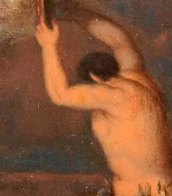
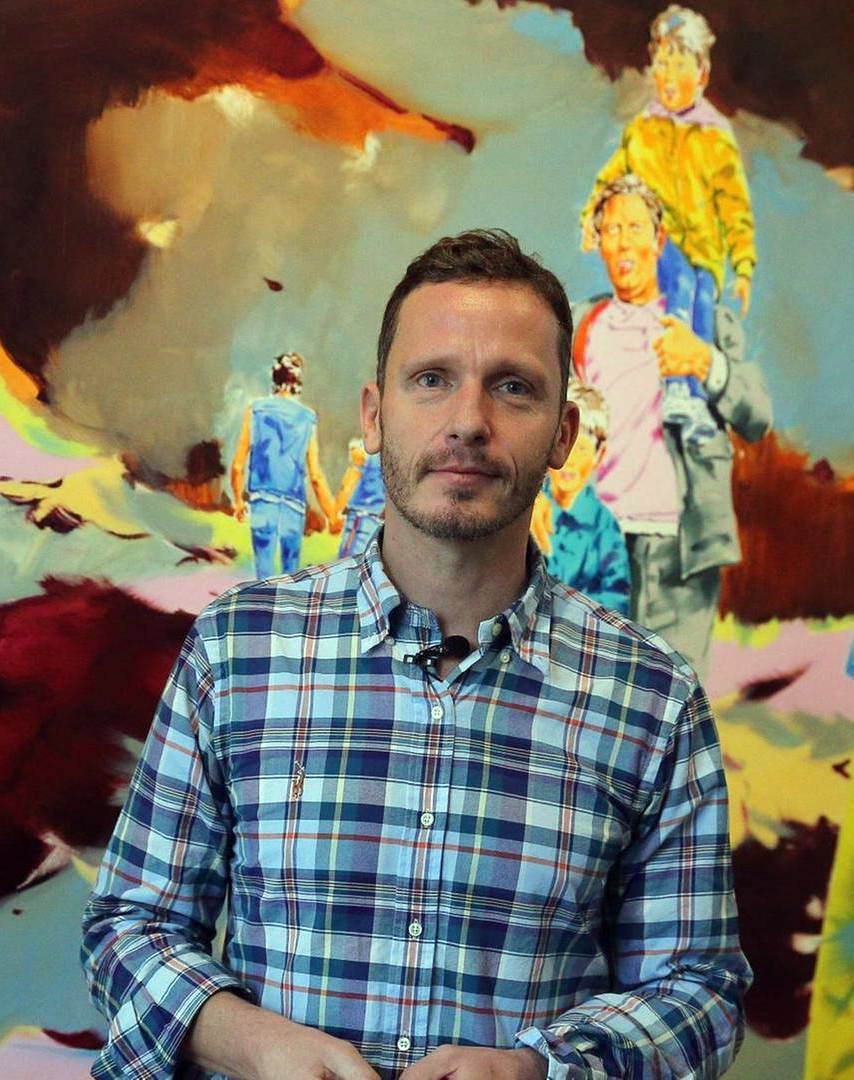
Norbert Bisky is a German artist based in Berlin. He is one of the most important representatives of a new figurative painting in the 21st century.
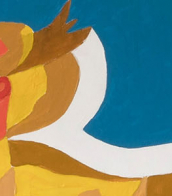
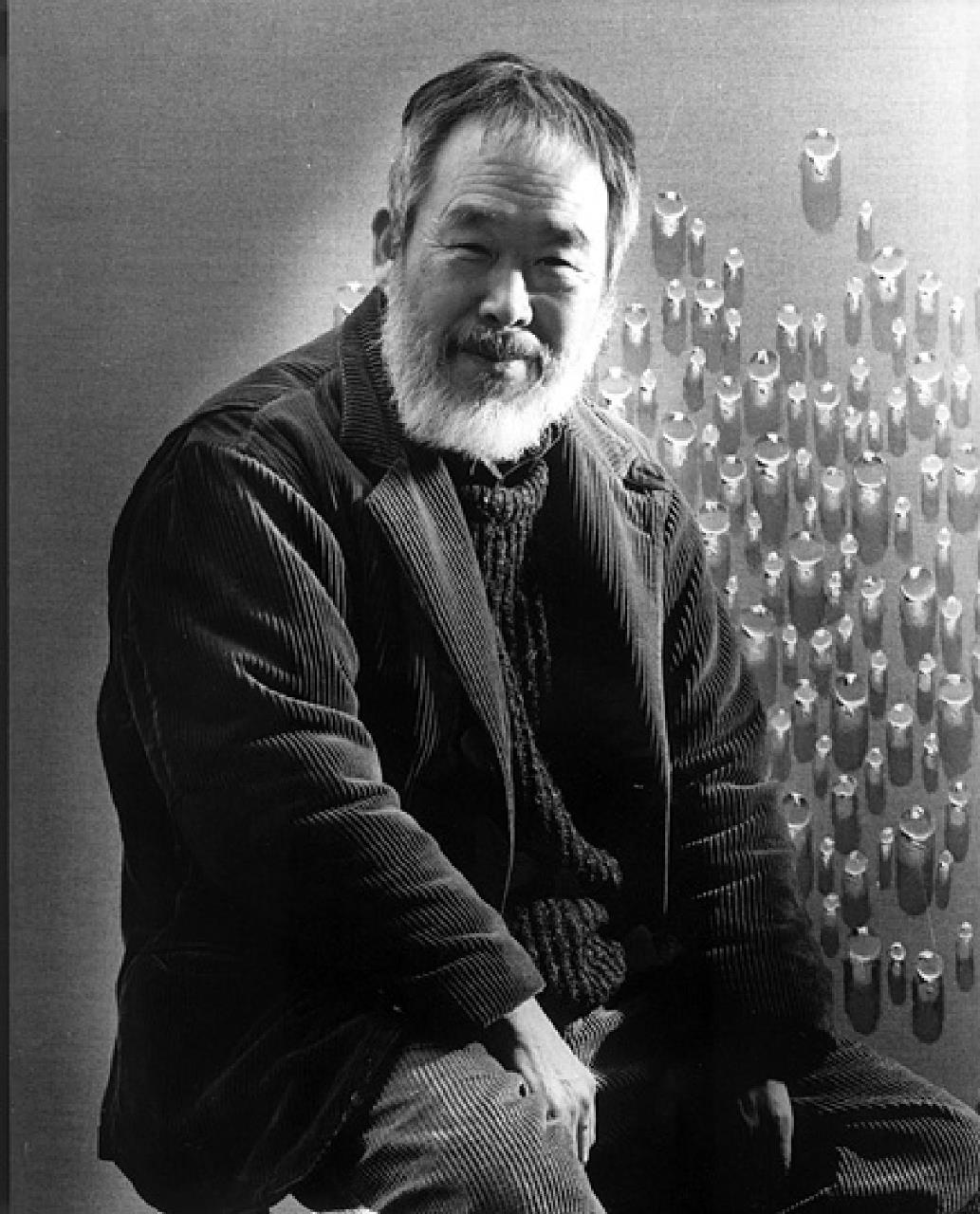
Tschang-Yeul Kim is a South Korean abstraction artist, one of the most famous figures in the history of modern Korean art.
He lived most of his life in Paris, France, where he developed his own unique style of painting. Tschang-Yeul Kim painted paintings with a variety of water droplets that appear to protrude from the canvases as if the canvas were "crying," but are in fact optical illusions.

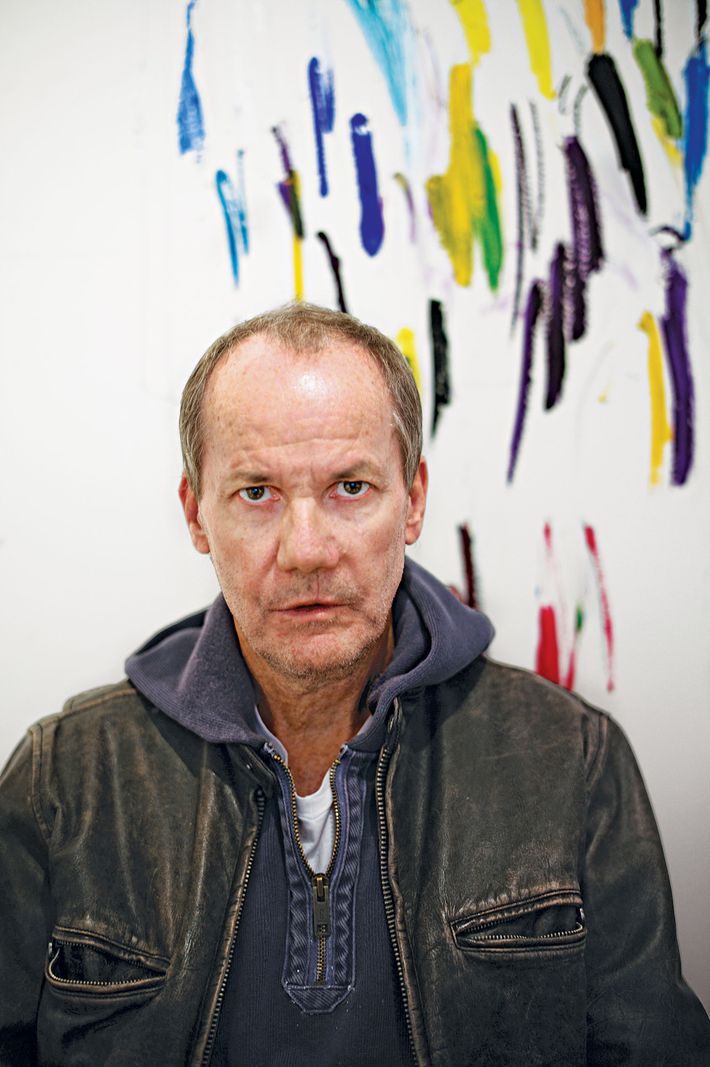
Richard Prince is an American painter and photographer. In the mid-1970s, Prince made drawings and painterly collages that he has since disowned. His image, Untitled (Cowboy), a rephotographing of a photograph by Sam Abell and appropriated from a cigarette advertisement, was the first rephotograph to be sold for more than $1 million at auction at Christie's New York in 2005. He is regarded as "one of the most revered artists of his generation" according to The New York Times.
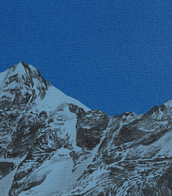
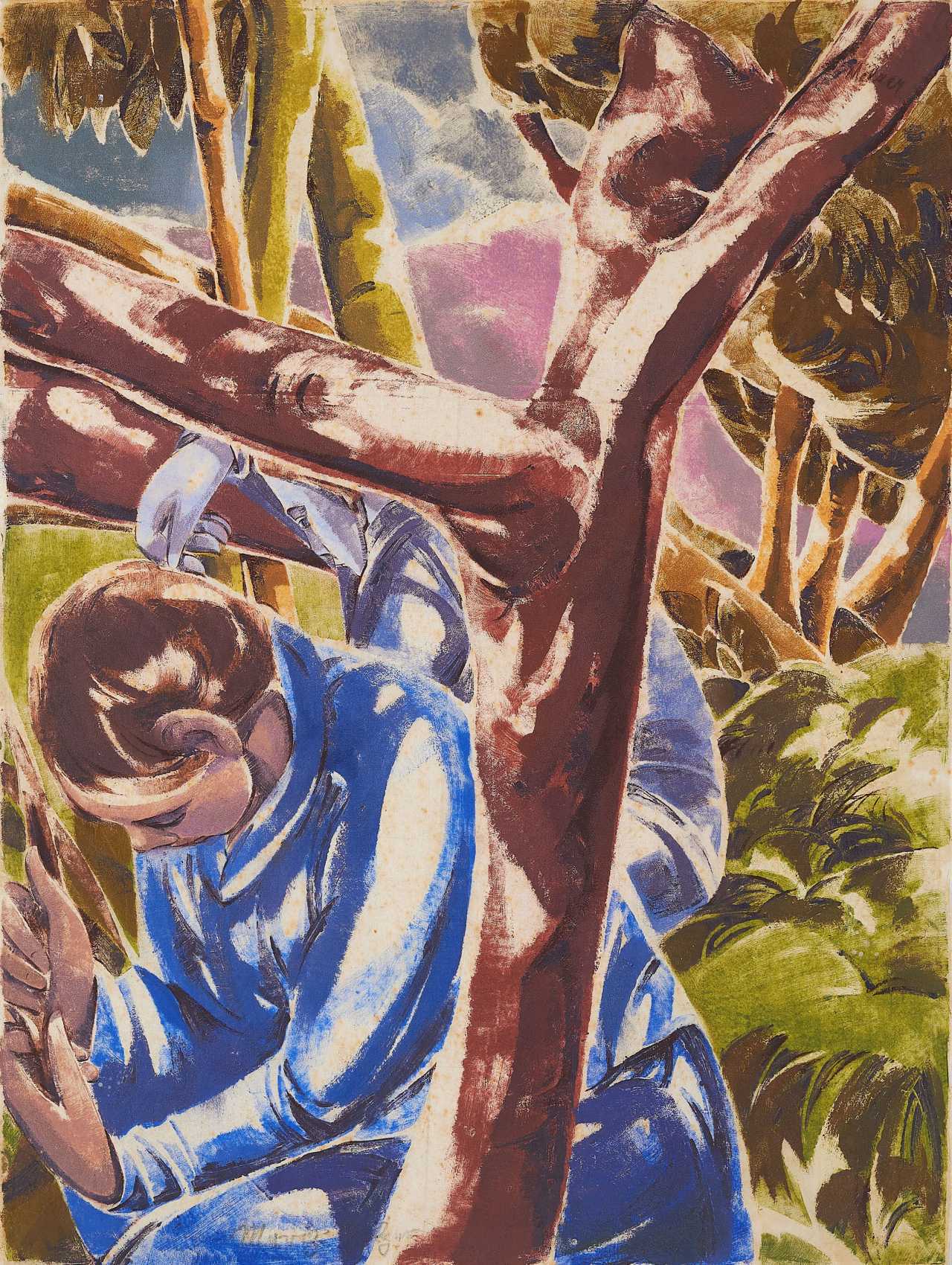
Moriz Melzer was a German Expressionist painter and graphic artist.
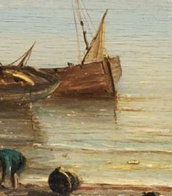

Moriz Melzer was a German Expressionist painter and graphic artist.
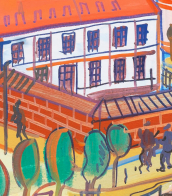
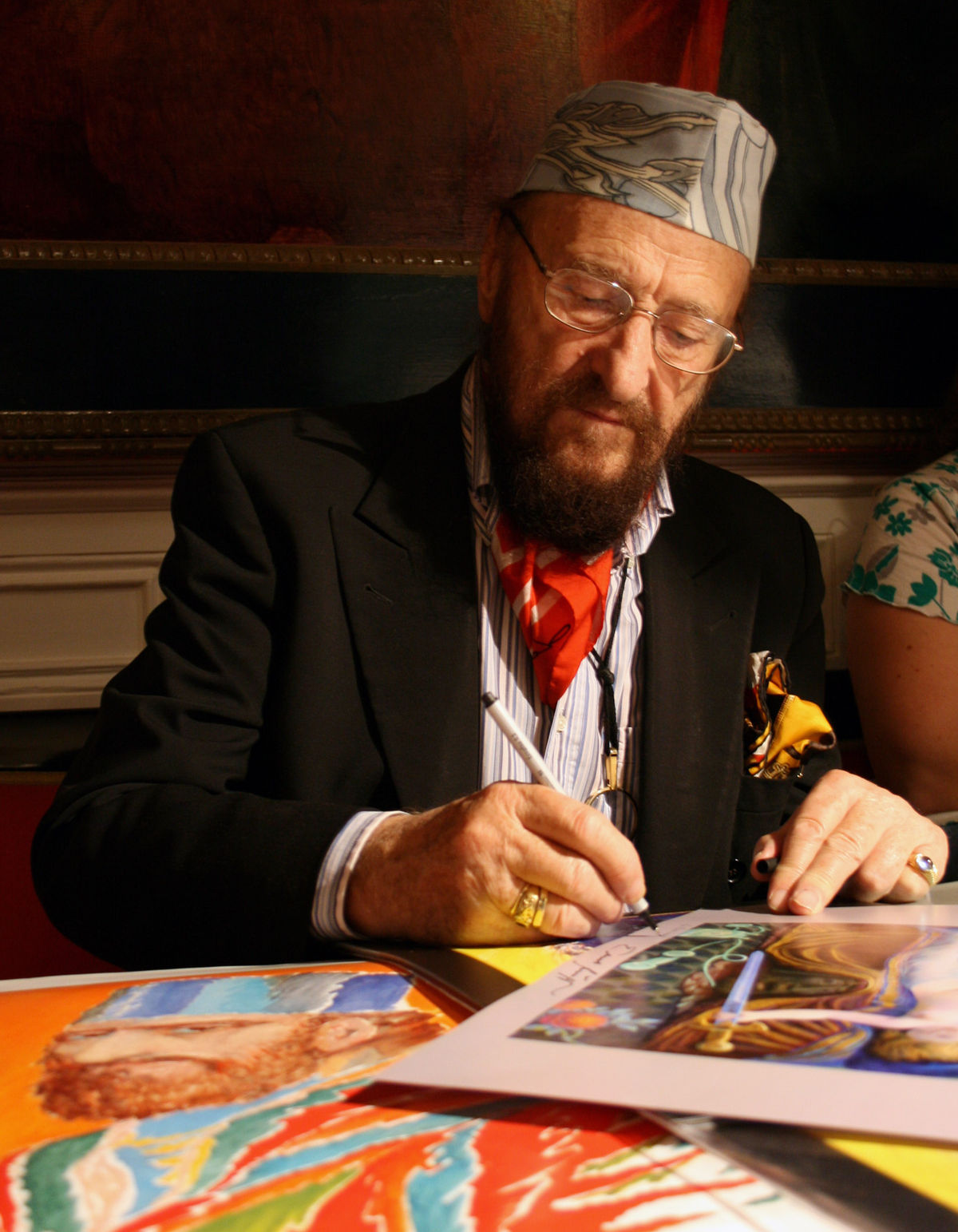
Ernst Fuchs was an Austrian painter, draftsman, printmaker, sculptor, architect, stage designer, composer, poet, and one of the founders of the Vienna School of Fantastic Realism. In 1972, he acquired the derelict Otto Wagner Villa in Hütteldorf, which he restored and transformed. The villa was inaugurated as the Ernst Fuchs Museum in 1988.
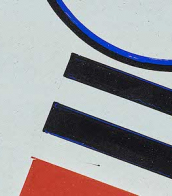
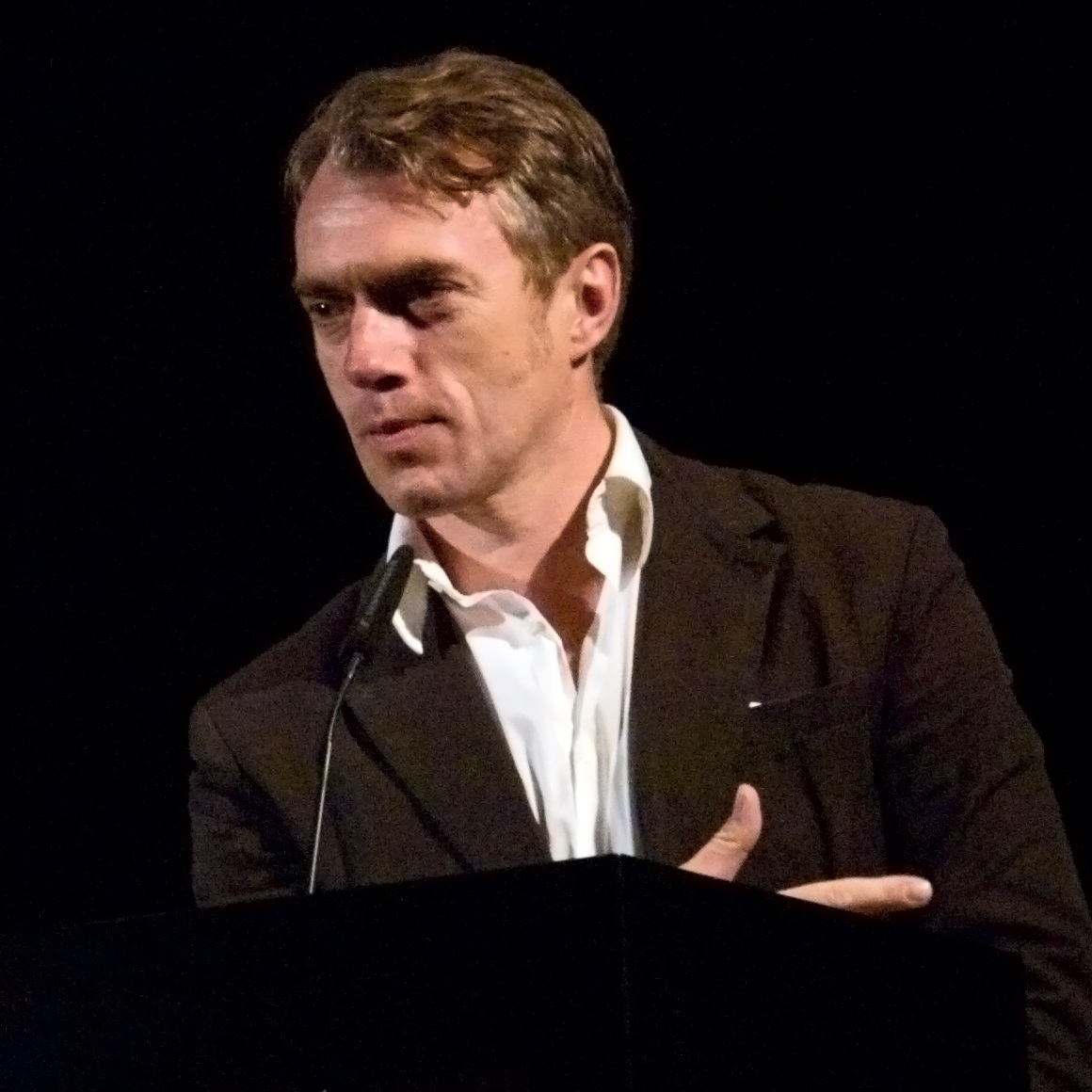
Neo Rauch is a German artist whose paintings mine the intersection of his personal history with the politics of industrial alienation. His work reflects the influence of socialist realism, and owes a debt to Surrealists Giorgio de Chirico and René Magritte, although Rauch hesitates to align himself with surrealism. He studied at the Hochschule für Grafik und Buchkunst Leipzig, and he lives in Markkleeberg near Leipzig, Germany and works as the principal artist of the New Leipzig School. The artist is represented by Galerie EIGEN + ART Leipzig/Berlin and David Zwirner, New York.
Rauch's paintings suggest a narrative intent but, as art historian Charlotte Mullins explains, closer scrutiny immediately presents the viewer with enigmas: "Architectural elements peter out; men in uniform from throughout history intimidate men and women from other centuries; great struggles occur but their reason is never apparent; styles change at a whim."
